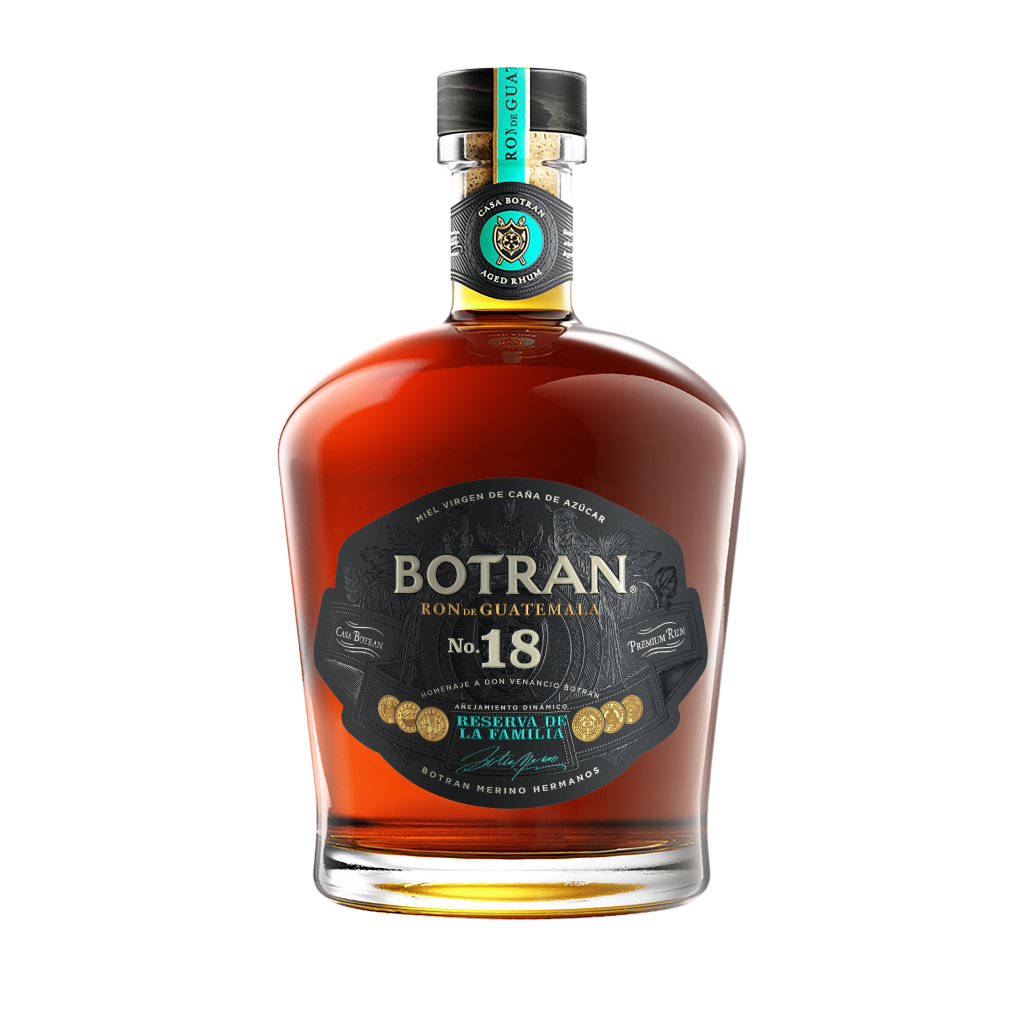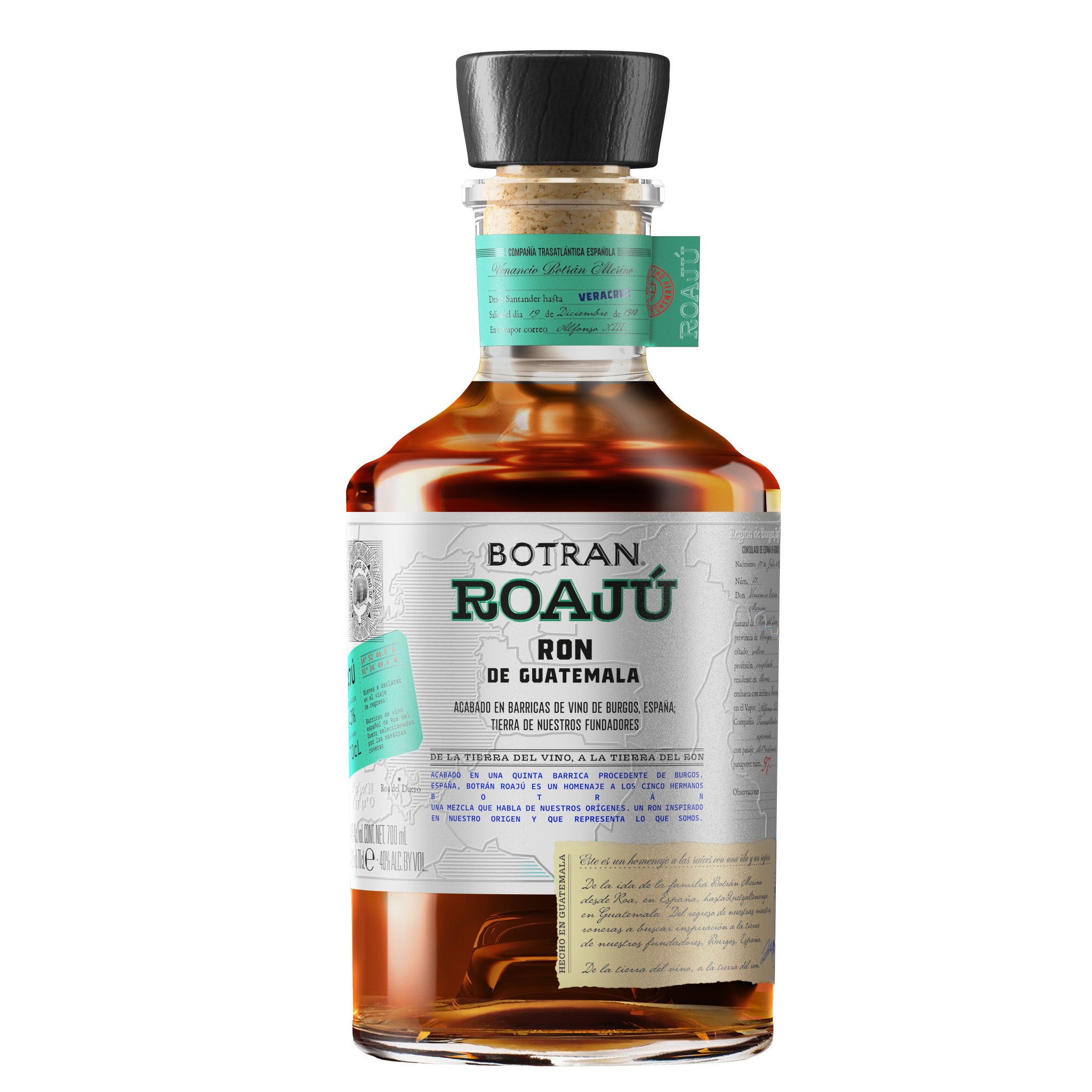If you prefer to start at the beginning of rum, please watch our video and blogs about the rum as a category. If you are looking for more detail about “spanish” rum often also called “ron” keep reading!
Spanish style rum is a collective name for all rums produced in countries and islands that were occupied by the Spaniards, and therefore speak spanish. While a lot of Spanish style rum comes from Cuba, it can come from various countries such as Guatemala, Puerto Rico, the Dominican Republic, Venezuela, Nicaragua, Panama, Colombia, Costa Rica and even Peru.
And what about Spain itself then? Some of the first sugarcane plantations and distillates have their origin in Spain, mainly the Grenada and the Canary Islands.
To this day the Canary Islands still produce a variety of rum called “ron miel” which translates to “honey rum”. This is made by mixing rum with herbs, sugar and honey, creating a sweet rum liquor. The aguardiente de cana that went into the blend that the locals made was made from locally grown sugarcane and distilled in Spain. Nowadays, barring a few exceptions, ron miel producers use rum produced in the Caribbean, as the rum production in Spain virtually disappeared due to the Caribbean competition.
Sugarcane was brought to Europe by the Arabs, and in the 10th century Spain became an important producer of sugar. The Spanish fleets, on their turn, brought sugarcane with them on their journey to the Caribbean around 1500. The sugarcane thrived there. The first Spanish rum would be a rough, funky pot still spirit made with molasses that fermented until it has an ABV between 12 - 14%
Did you know the Spanish were not immediately thrilled with the idea of rum production? They thought it could hurt their wine and brandy production, and even ordered to have all rum making equipment destroyed until King Charles the 3rd lifted this ban in 1763 and the Spanish style started to develop further.
In 1800, the system switched from pot to column still and the Spanish began to employ techniques they took from their sherry production. They chose a shorter fermentation, which resulted in more light, delicate flavours. Using a column still gave them more control over the process and allowed them to distil to a high ABV quickly. Spanish style rum can be made with molasses, but also with “miel virgin” sugar cane honey. This is made by slowly evaporating water from freshly pressed sugar cane juice, until you reach a honey-like consistency. This has an impact on the flavour, and is also a benefit in production as it is more stable than fresh sugar cane juice, but it still contains the fresh notes that can get lost in molasses.
The Spanish style imparts most of the flavour of the rum during the ageing process.
The minimum ageing can vary between the countries, but a lot of Spanish rum is aged for a longer time via an ageing process called the solera system. Barrels are stacked on top of each other in a pyramid shape, and the youngest rum goes in on top. The rum is extracted from the bottom layer. To refill and fill the void of the angels' share, every layer is topped up with rum from the one above it. Different types of casks can be used in this process, including casks that have had different spirits in it before such as toasted, untoasted, ex-sherry, ex-port, ex-bourbon and more. It’s important to know that in Solera, the oldest rum in the blend will be on the label. So Solera 18, will also have younger rums in the blend.
Because of the rich history of Spanish style rum, we are going to have to speak about an interesting more recent development in a later blog the rise of Cuban rums, and the high quality rums the Cuban government is releasing for sale.




